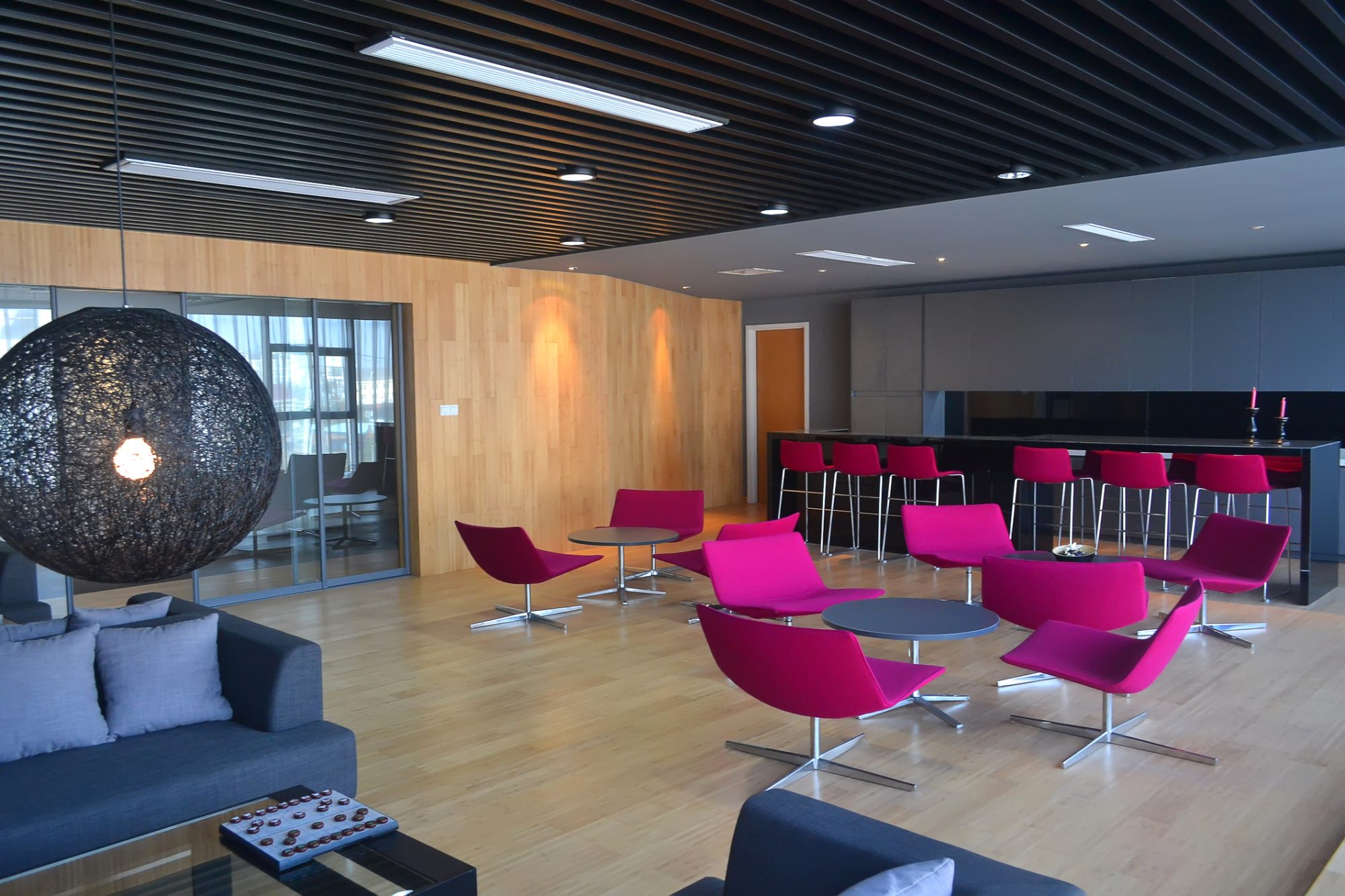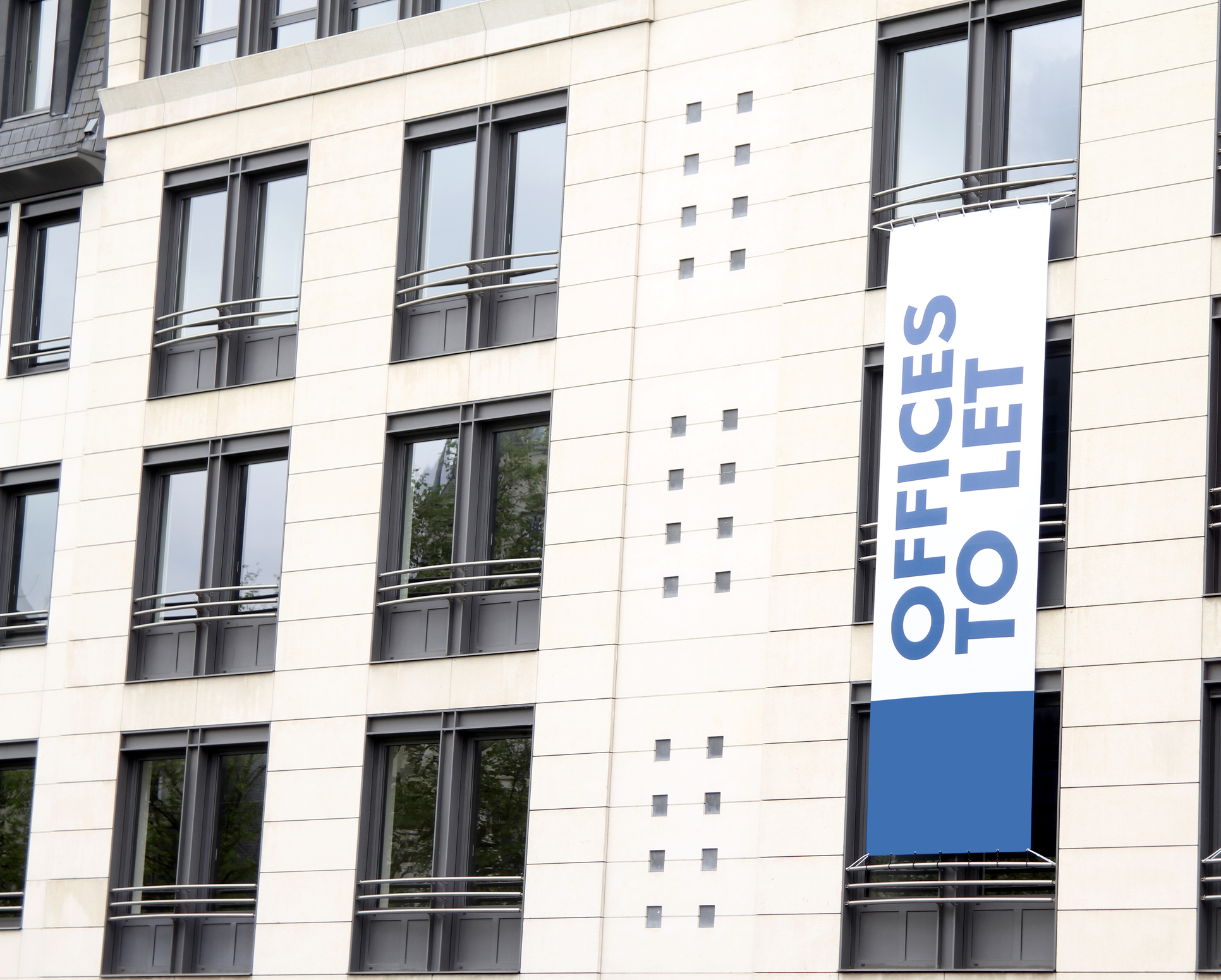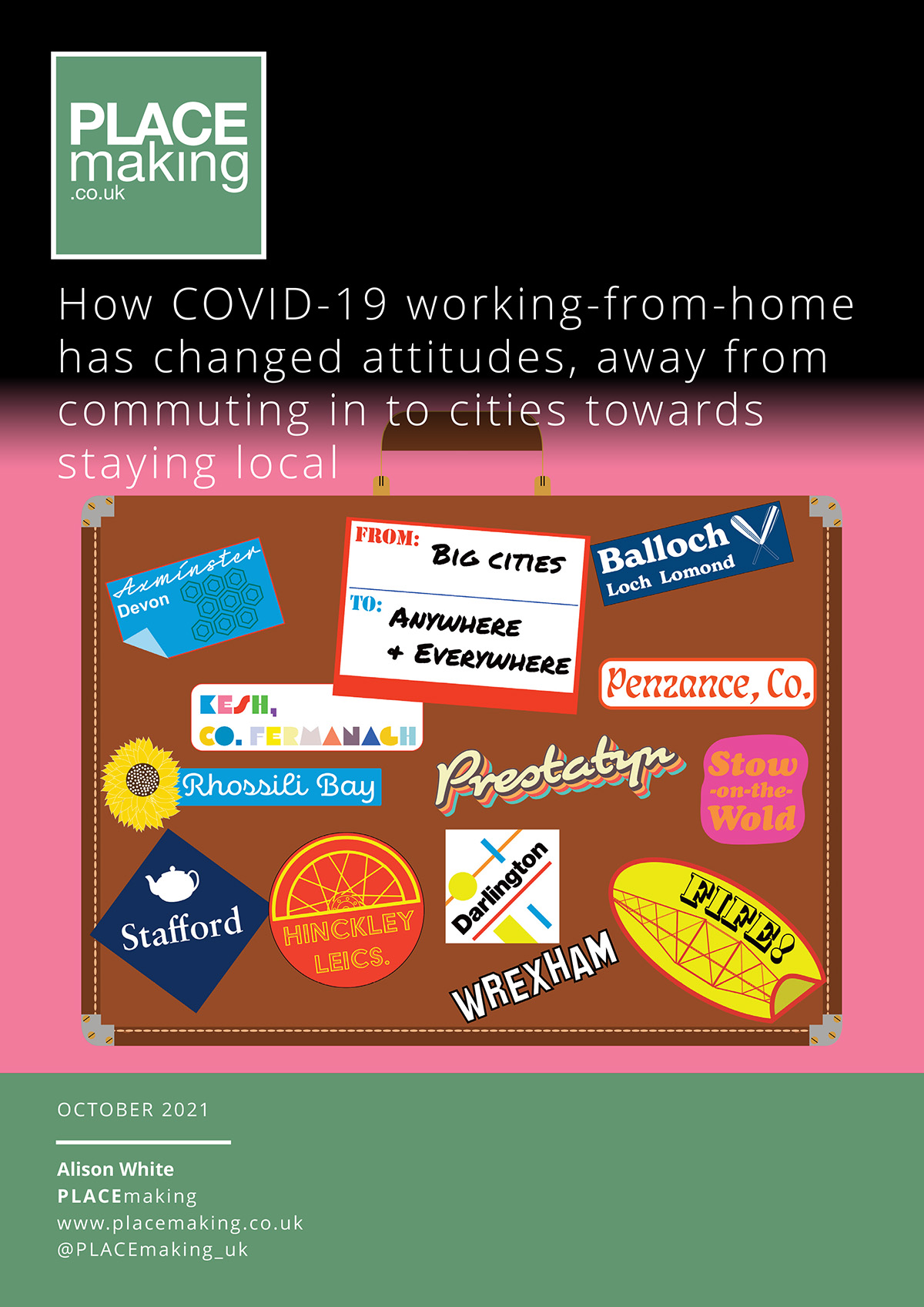Here, Alison White from PLACEmaking explores how the COVID-19 working from home trend has changed attitudes away from commuting into cities towards staying local
Pandemic enforced lockdowns showed that sudden and drastic changes to traditional ways of working can be made – without the negative impact on productivity that many feared, pre- COVID. One key consequence of the lockdowns has been the dramatic challenge to many preconceptions and received wisdoms about the way we work, where we work and what levels of physical management supervision is needed in order to operate effectively.
There have, of course, been downsides to enforced isolation over a long period of time. That said, as the instructions about ‘returning to the office’ have become somewhat muddled more recently, the challenge now is to carve out the best solutions for going forward. This means avoiding simply reverting back to the old ways of doing things but ensuring that we build on the best aspects of our remote working from the office experience and ensure we capture and address the shortcomings. After all, the changes we make now lay the groundwork for sustainable, long term creative solutions.
THE POTENTIAL CONSEQUENCES OF A SHIFT TOWARDS SMALLER COMMUNITIES
For many people who have found themselves released from the pressure and expectation (on their part as well as their employers) of a daily commute to the central office, they are fundamentally reconsidering where they chose to base themselves and their families. Without the requirements of living within acceptable commuter distance of where they work, many have questioned the logic of their expensive urban lifestyle and recognized they could perhaps afford a bigger and better home – perhaps with a large garden and dedicated workspace for the same price elsewhere. Whilst this may be true, the predominant narrative focus on the value of the domestic real estate aspect fails to address the wider impact that such a demographic shift has on the places we all keen to leave as well as the places we seem to be flocking towards.

It’s estimated that by the end of 2021, 300,000 people will have left London. This figure represents those whose workstyles and work patterns have changed, rather than those whose jobs became redundant (hospitality, etc.) Many chose to leave the capital, moving to smaller, non-urban locations in search of greater flexibility, and a more affordable, better lifestyle. In contrast to conventional thinking that you must move to big cities to get the best paid jobs and city weightings, employers who might initially have thought that adopting remote working would reduce their salary bills have realized that if they don’t facilitate their employees desire for well rewarded remote working jobs, their competitors will be quick to sweep in and offer better terms.
Many employers have fully accepted that there has been a seismic shift focusing on embracing the opportunities of remote working, investing in facilitating new ways of working (technologies and policies) and fundamentally adapting their operating models to reflect changes in expectations and the demand for new thinking, new approaches and new solutions. Leaders of our large towns and cities are well aware of the impact of these changing work patterns and how the infrastructure will need dramatic re-engineering if the damage inflicted by lockdown doesn’t become inexorable decline.
LOCAL DEVELOPMENT AS A PRIORITY
Conversely, like a pebble in a pond, the consequences for many destination towns (predominately coastal and rural) is significant especially where historically there has been more of an exodus from them and not in to them. For many years their focus has been on battling with inward looking local problems of unemployment, poor job prospects impacting educational attainment aspirations and reduced economic development investment.
Some will be aware that this unexpected consequence of COVID-19 could represent a significant opportunity for much needed local development and investment, yet recognize a new set of challenges has suddenly presented themselves and there’s no ‘oven ready’ set of tried and tested guidelines to successfully navigate through these new ‘normal’ times. Where in the past they may, depending on the location have had a small trickle of new arrivals and probably from predictable demographic groups, many locations are seeing something of a surge in house sales, applications for school places and increased demand on local health services – none of which was predictable.
They may also find themselves having to compete with neighbouring towns in ways they’ve never previously had to do. In place of sharing workloads, partnering on investment opportunities, and pooling resources they become somewhat isolated and jockeying for attention with the bigger, better resourced towns. So, the push to promote local development on the back of this unexpected migration needs to be carefully managed if the full potential benefit of this influx is to be fully met. The key to that is to ensure that there are tangible benefits for everyone.

Without care there is the risk of some degree of friction or alienation between locals and the new arrivals, which with careful consideration could be avoided, if any investment seeking to attract newcomers avoids creating solutions that are unintentionally exclusive and exclusionary.
THE COMMON PERCEPTION OF HOME WORKING
The image presented of post-COVID-19 home working is someone working alone in their large kitchen or dedicated home office, focusing on their laptop computer, wearing a headset and constantly connecting to colleagues via Zoom. The image rarely expands to include their other work-related activities and almost never their non-work outside activities, interests or responsibilities. Whilst the notion of solitary working may work for some people sometimes, the majority of us want and need connection with others. The dedicated home office is a wonderful asset to have – but many people that do have them often chose to base themselves in the heart of the home, the kitchen.
This is a signal that they want and need some company, to be part of the domestic activities they’d missed when commuting to the office every day.
The notion that anyone would relocate away from a city or large town to their chosen ‘ideal’ place to live and then sit in a small home office seems to miss the point completely. They want a change of lifestyle, they have reset their expectations and they want to invest and integrate into the community they want to be part of. The opportunity therefore exists for town leaders to marry up those aspirations with an adapted set of objectives for the existing community, therefore ensuring there are wider benefits and rewards.
So rather than an exclusive but sterile co-working office space being regarded as the solution every ex-city home worker wants and needs to seduce them away from their home office what is more desirable is a multi-faceted development, attracting a richer mixture of multi-generational and multi-functional users, flexing functionality through time (daytime, evening, nightime) across weekday verses weekends and across seasons.

Newly built co-working spaces will have little chance to benefit local communities if they are exclusive pseudo ‘city’ offices or aping the ‘bright colours and arcade machines’ aesthetic from Silicon Valley start-up culture. Where possible they should be part of a truly mixed-use development, available not just to wealthy investors and workers, but becoming an intrinsic part of the community as an asset that generates opportunity for local businesses, new enterprises and start-ups and has links with local education, training and community groups.
Careful design and operational planning should focus on how facilities can switch function to broaden access and drive-up utilisation during the times that the work activities typically dip, such as the weekend and weekday evenings.
- Places to collaborate and celebrate with elements that are suitable for quiet and private as well as at the other end of the spectrum, noisy and boisterous.
- Places where everyone feels connected, welcome, safe and inspired.
- Places that don’t depend on tourists but expand boundaries, facilities and capacity at seasonal high spots but equally continues to function and to meet expanded local needs, seeking out fresh innovations and staying relevant to the newly enriched community.
Fostering meaningful connection between local communities and the influx of investment and residents from the cities will help to not only smooth out any potential conflicts between locals and new arrivals but will also help smaller towns and their governments maximise the potential of the moment and make meaningful contributions to their longer-term aspirations for local economic development.

Interestingly whilst we’re rejecting traditional offices in towns and cities as desirable places to be, the creation of a new type of place within these destination towns could be the key to successful remote working and community integration. Such places shouldn’t be aimed at trying to tempt and facilitate monied out-of- towners without also being inclusive to the needs of the existing community. There is a real opportunity for entrepreneurial town leaders to maximise the post COVID-19 period and create solutions that fully recognise, create and take advantage of a newly drawn roadmap for long term economic development with a strong social, educational, economic and environmental benefits to what could be newly enriched communities.
SO WHAT HAPPENS TO THE OFFICES IN OUR CITIES AND TOWNS?
Whilst some organisation may well become truly virtual and hire physical space for specific events on a needs-only basis, others will shrink their own real estate footprint, others may well share their requirements and some may continue to operate parts of their operations with a daily physical presence by key staff. But the principle change will be that few people will go ‘to the office’ every day and instead make use of this centralised resource for training, networking and cultural investment activities. The central office will have a different role in supporting a largely remote workforce, connecting solutions and outputs to clients and market led product development. It may be smaller, it may only temporarily exist on a pop-up basis but it will be the cultural glue that holds enterprises, organisations and business together.
Across that functional range, a different set of operations are needed and a new set of solutions will emerge. The focus will be on delivering an ‘exceptional experience’ for all users and visitors to the centralised ‘office’, whether that’s physically or virtually attending. As different solutions are created, different skills will be needed and in place of ‘drive to the bottom’ Facilities Management focus on costs, the emphasis will be on delivering high quality experience as a reward for user attendance.
The service sector that is currently dependant on commuter footfall will be forced to adapt, reflecting the drive towards high quality experiences over intensive periods of time visiting the centralised office.
In reality, the return to daily time- consuming commuting was unsustainable. The COVID-19 experience magnified the issues that were increasingly obvious and for some intolerable. We do need to ensure our new workstyles and work patterns are not exclusive and we do need to ensure we can tailor our solutions to meet a diverse range of desire and needs. One size never did fit all pre-COVID-19. We must make sure in our desire to embrace change we don’t swap out one rigid solution with a new one – however shiny and new.
To find out more, click the accompanying eBook.


